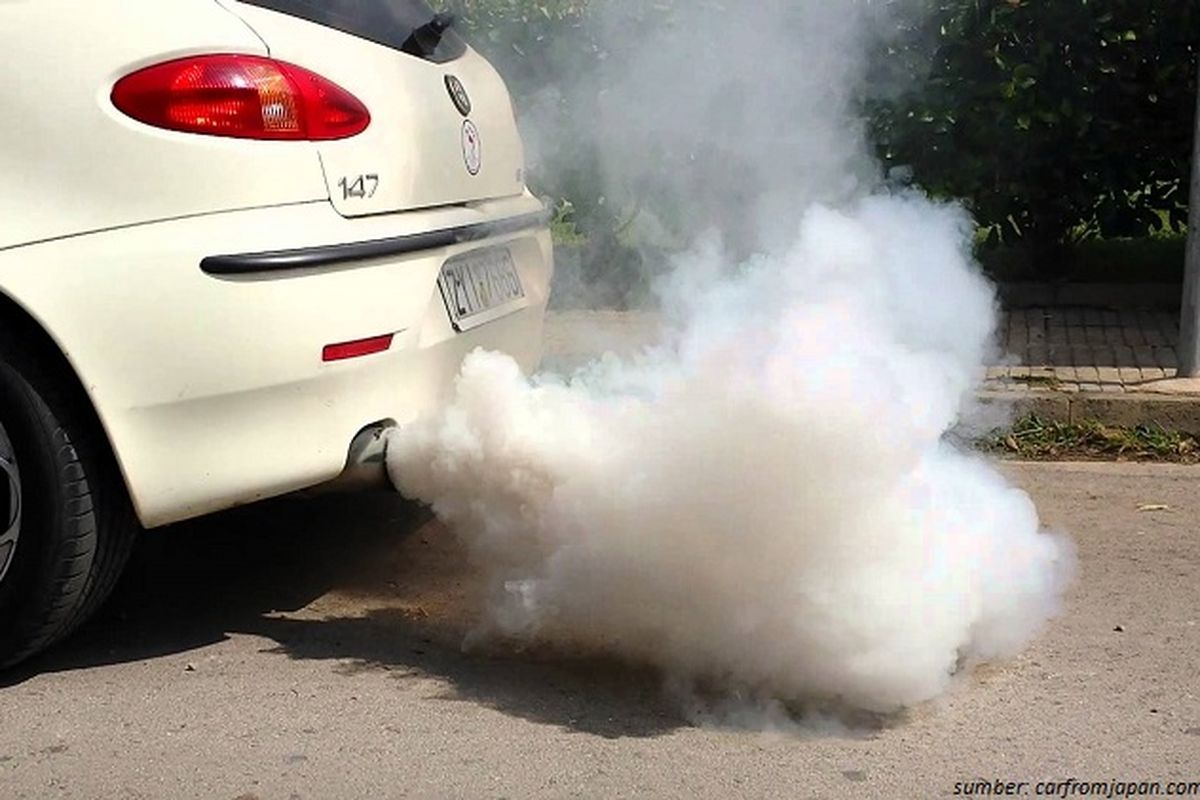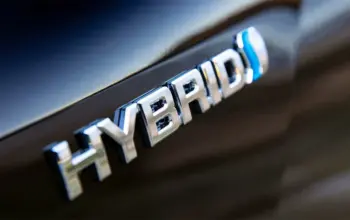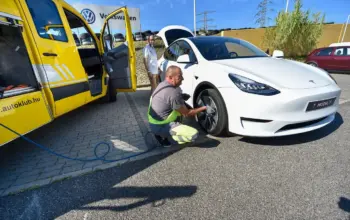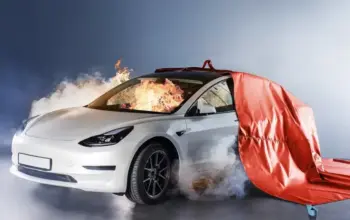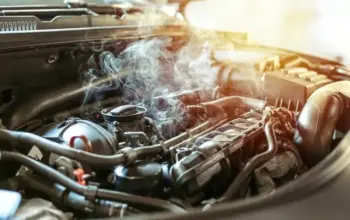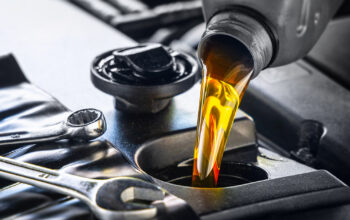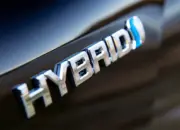Uzone.id – Ever noticed your car puffing out white smoke when you start it up? It’s not just annoying – it could be a sign that something’s amiss.
White smoke can signal a few different problems, like a faulty cooling system or excessive engine oil burn-off. And while some people might think it’s just harmless water vapor, the truth is often more concerning.
This smoke isn’t just condensation; it’s a red flag that your engine might be in trouble. Ignoring it could lead to more serious issues down the line.
So, what’s causing your car to smoke? Let’s dive in and find out.
Causes of car emitting white smoke
Identify the cause of the car emitting white smoke, so you can immediately determine what steps to take.
Coolant Leaks
Coolant or antifreeze leakage into the combustion chamber frequently results in white smoke. The head gasket and cylinder head can be damaged resulting in this problem.
Excessive oil consumption
When engine oil is consumed in the combustion chamber it may create white smoke. Trouble like worn or broken piston rings or problems with valve seals can all cause this issue.
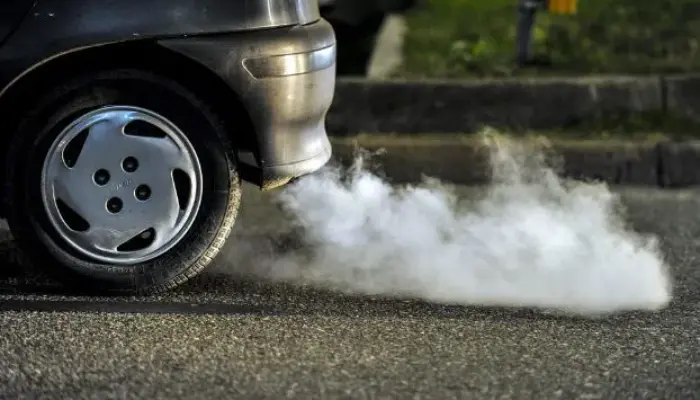
Condensation
In freezing weather water vapor inside the exhaust may manifest as white smoke upon startup. This is normal and will usually disappear once the engine reaches normal operating temperature.
White smoke in the exhaust can be a sign of various problems, and a good understanding of this can help you deal with the situation better. The following is a guide to dealing with an exhaust that emits white smoke in a car:
1. Normal White Smoke
Under certain conditions, especially when the air temperature is cold, the exhaust can emit water vapor which is visible as white smoke. This is a normal condition and usually does not indicate a serious problem. Make sure the vehicle has been warmed up enough, and pay attention to whether white smoke still comes out when the engine has reached normal operating temperature.
2. Check Coolant Level
White smoke regularly appearing means a coolant leak into the engine’s combustion chamber. Test the coolant levels and make certain no serious drops exist. Without quick action to mend the leak, the engine could heat up dangerously.
3. Check Engine Oil
Troubles in the combustion system or a coolant overheating could result from a white vapor. Check the presence of water in engine oil. Visit a service shop without delay to receive additional examination if required.
4. Check the Condition of the Piston and Cylinder Head
Scenting a pleasant fragrance together with white smoke reveals faults in the cylinder heads or pistons. Addressing the challenge calls for a trained specialist.
5. Condition Check of the Converter Catalyst
Converter catalysts effectively minimize the amount of exhaust emissions. Damage to the converter catalyst may be shown by the appearance of white smoke. Look for missing combustion of fuel or residue on top of the converter catalyst. If significant damage is present the converter may need to be updated.
6. Don’t Ignore the Color of Smoke
Contact a trustworthy repair associate when white smoke appears and an odd smell or color indicates engine problems.
7. Routine Maintenance
Comply with the maintenance guidelines established by the company. By inspecting the vehicle and altering fluids one can avoid serious problems.
8. Check to the Official Workshop
Hire a skilled mechanic to help clarify why you are seeing white smoke in your exhaust. They can conduct more investigations and deliver correct solutions.
Confronting exhaust-producing white smoke in a vehicle needs a clear comprehension of the root cause. Should you be uncertain about the problem or not able to tackle it yourself it is suggested to bring your car to an esteemed repair center for additional testing. Recognizing challenges promptly will minimize the risk of severe damage to the engine.

